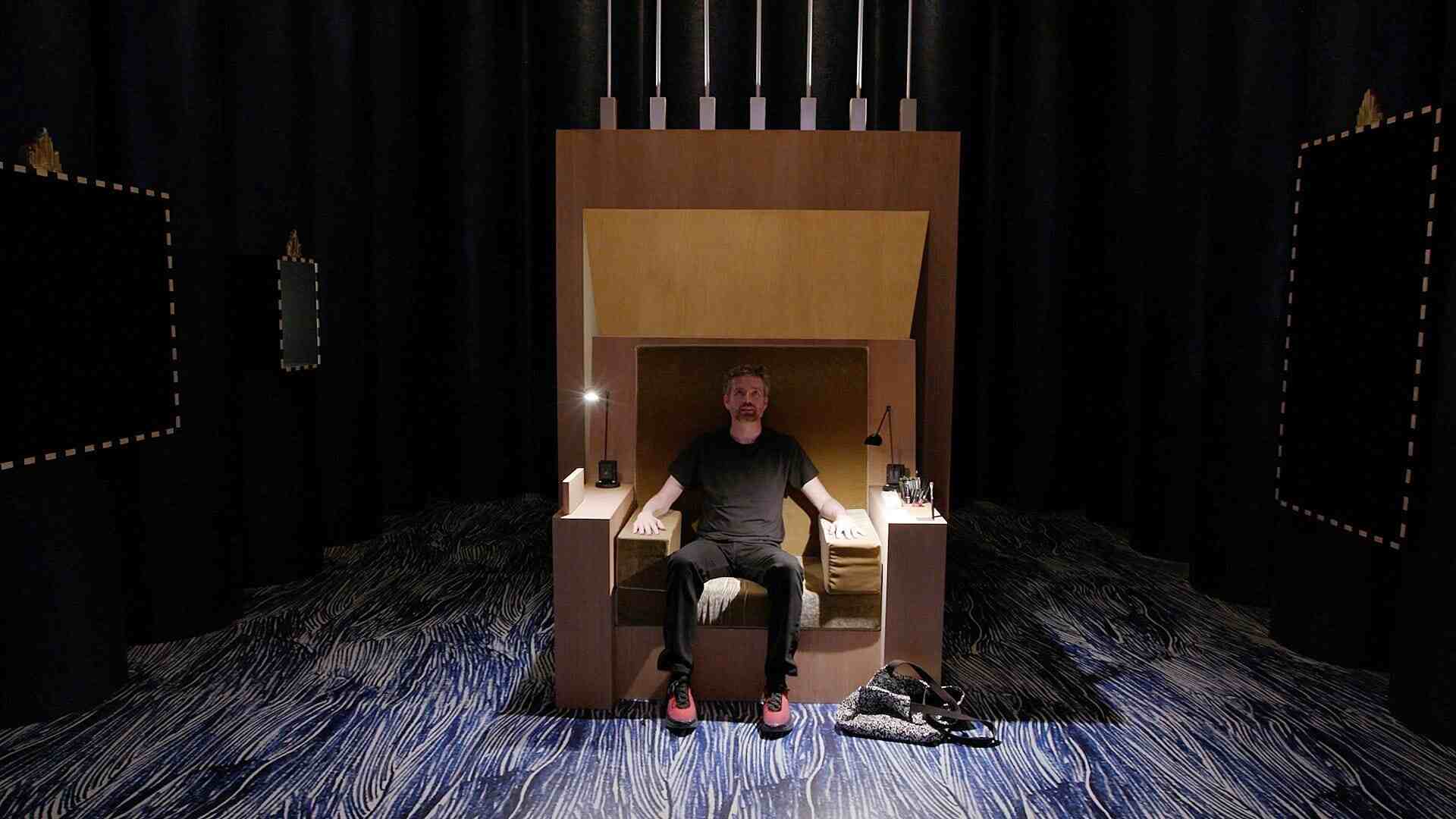- | 6:00 am
The inside story of why Liberland tapped Zaha Hadid Architects to design buildings in the metaverse
The micronation is using the top-level architecture firm to gain legitimacy.
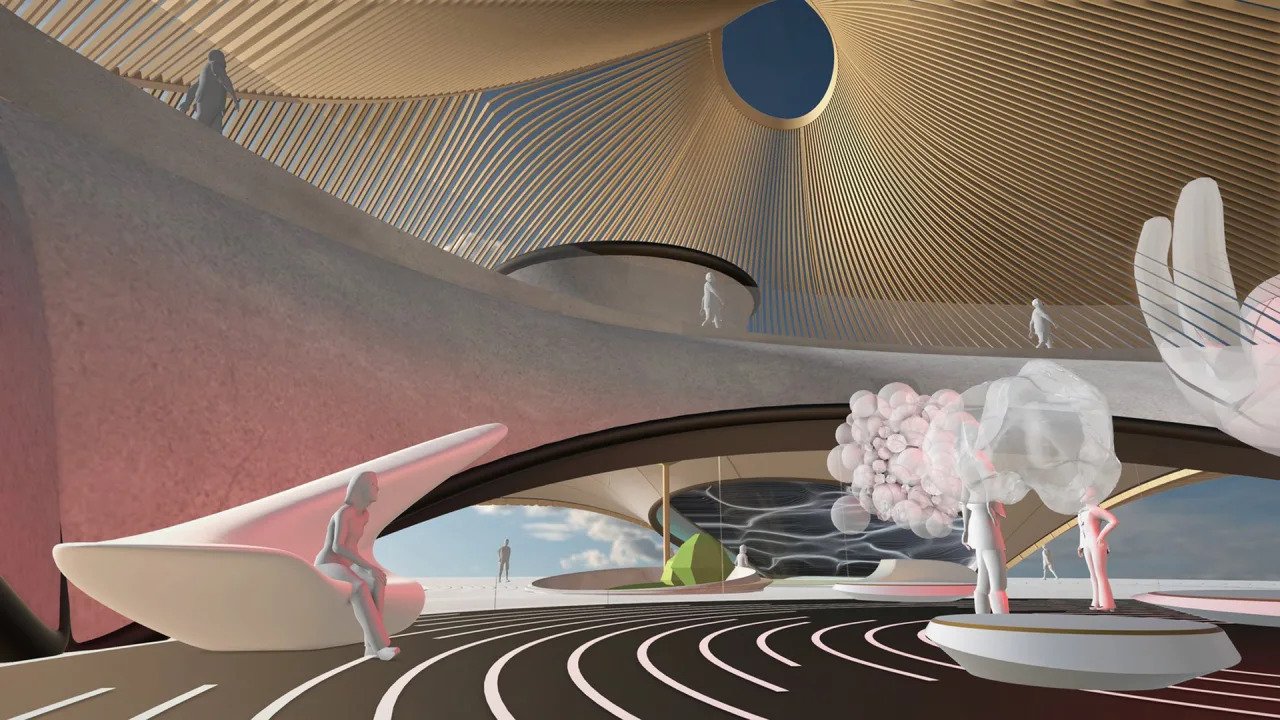
In a few fundamental ways, the micronation of Liberland does not exist. A riverine floodplain on the Danube between Serbia and Croatia, its roughly 3 square miles of land are undeveloped. It has no diplomatic recognition from any United Nations member. And due to a decades-long and complicated dispute stemming from a river-straightening effort and the fall of the Soviet Union, even Serbia and Croatia can’t decide who should claim the land.
So it was a bit presumptuous of Vít Jedlička to start commissioning designs for the first civic buildings in his proposed tiny country—a kind of architectural version of “fake it ’til you make it.” Jedlička is the founder and president of the Free Republic of Liberland, but despite the unlikely prospects of his micronational dreams, he didn’t just opt for any podunk, cut-rate design to shine a glimmer of feasibility on this longshot. Instead, he went to Zaha Hadid Architects, founded by the late Pritzker Prize-winning architect and one of the highest-profile architecture firms in the world. The firm was hired to create an urban plan for Liberland and mock up the early-stage schematics for what would be its first buildings.

[Rendering: Mytaverse]
The buildings ZHA has designed, with the firm’s trademark swirls and curves, are one way that Liberland does indeed exist. And thanks to the video game-esque space known as the metaverse, the buildings can be visited virtually. On a recent tour of the main building in Liberland’s metaverse, Jedlička’s blond and goateed avatar explained that the five-story building would be a functional stand-in for an official government bureau, providing a variety of “state services.” Until (or if) the dense, futuristic Liberland that ZHA designed can actually be built, its digital architectural models are acting as an uncanny digital mirror.
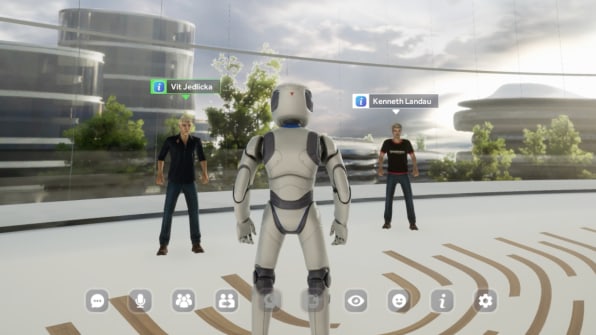
[Screenshot: courtesy of the Author]
“We can actually have two Liberlands, one in physical reality and one in virtual space,” Jedlička says.
The virtual version of Liberland is as close as it has gotten to reality. Founded in 2015 by Jedlička, a Euro-skeptical libertarian politician from the Czech Republic, Liberland is one of dozens of self-proclaimed independent micronations, or tiny sovereign lands aiming for international recognition. Sometimes they’re follies, such as the Principality of Sealand, which was claimed on an unused offshore military fortress. Other times they’re efforts to restore or establish cultural or historic boundaries in the face of post-colonialism, such as in Somaliland, located within Somalia. Liberland aims to establish itself in a physical gray area of national land governance, as its roughly 3 square miles are not formally governed by either Serbia or Croatia, though neither wants to let the other claim it as their own.
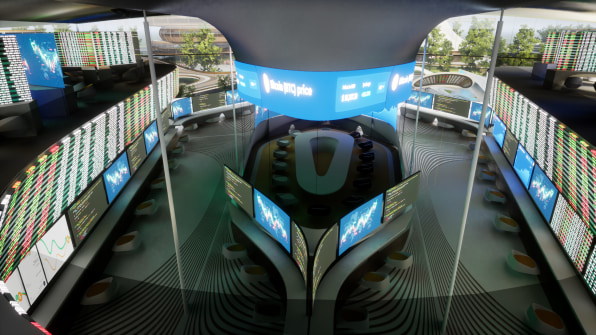
[Rendering: Mytaverse]
Liberland set out from the start to feature minimal government and a reliance on the then-nascent and now-mainstream concept of cryptocurrency. It quickly declared Bitcoin its national currency, and attracted citizenship inquiries from several hundred thousand people around the world.
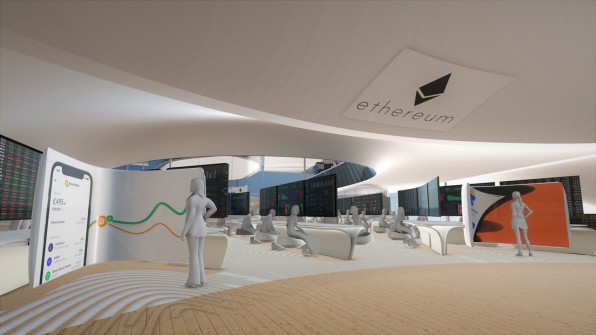
[Rendering: Mytaverse]
Cryptocurrency remains a central element of the micronation’s concept. In addition to its purported state services, the main building inside Liberland’s metaverse will also be what Jedlička calls a “cyber business incubator” for crypto companies. Virtual office space is now available to lease, and Jedlička claims Bitcoin.com will be one of its first tenants. For all the ways Liberland isn’t quite legitimate, it does seem to have become a commercial landlord, albeit in the metaverse.
“In a funny way we are finding out that we are actually kind of following traditional business models. We’re dividing this space into offices, and we will rent them,” Jedlička says. “This will be basically a big hub for companies or a coworking space.”
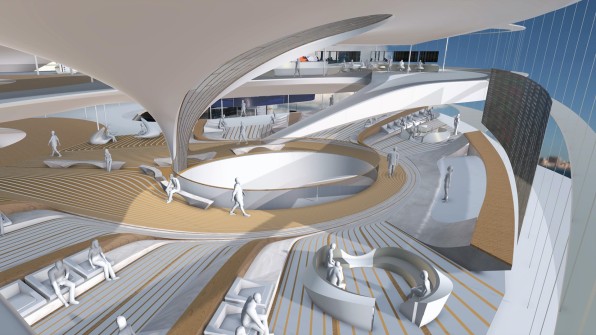
[Rendering: Mytaverse]
This business case is partly why Zaha Hadid Architects is involved. Patrik Schumacher is the firm’s principal and longtime right-hand man to Hadid, who died in 2016. “There is no doubt in my mind that virtual environments have many use cases and therefore use value,” Schumacher explains via email.
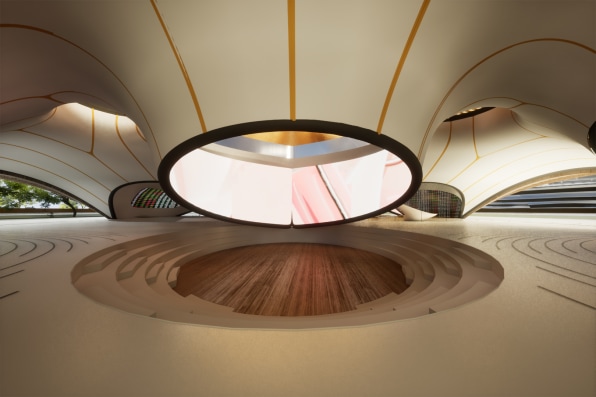
[Rendering: Mytaverse]
He also sees Liberland as a valid clean-slate counterpoint to what he describes as economic stagnation in Europe. “Productivity could and should soar due to the technological progress being made with AI, robotics, etc. I attribute this stagnation to political paralysis in the face of vested interests,” Schumacher says. “I contacted and visited Vít right away when I heard about Liberland. I love this project, and I share Vít’s economic and political insights and sensibilities.”
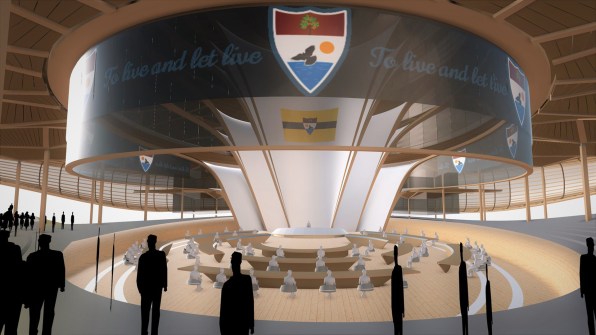
[Rendering: Mytaverse]
This political alignment has led to some experimental urban design in Liberland’s metaverse. Jedlička says Schumacher suggested breaking the country—both virtual and physical—down into three zones, with differing levels of urban planning oversight. One part would have the kind of traditional building and planning regulations seen in any world capital. A second zone would have fewer rules governing what can be built or operated. A third zone would be regulation-free.
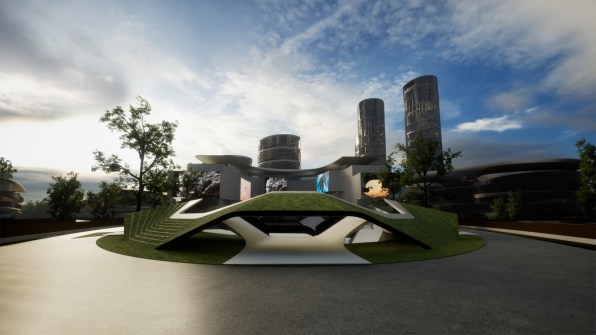
[Rendering: Mytaverse]
“[The third zone] will be developed by the people, who will not be under some sort of surveillance by an authority. They will be able to create whatever they want. Let’s see how much that will affect the usability of the space or how crazy the result will be,” Jedlička says. “I might argue that, in the end, the place which will not have any regulations might end up being the most exciting one and the most visited one.”Schumacher and ZHA’s involvement has also helped Jedlička add a patina of legitimacy to his idea, and a high-design digital representation of what Jedlička hopes to achieve.
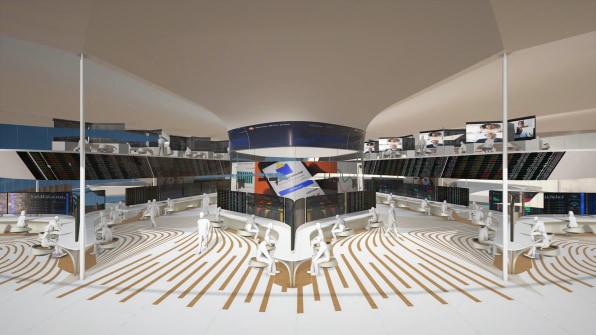
[Rendering: Mytaverse]
“We really wanted to show that we are serious about building, we have serious architects, and now these buildings will be bought by serious companies that can also allow themselves to build a physical space in Liberland, not just in the metaverse,” he says.
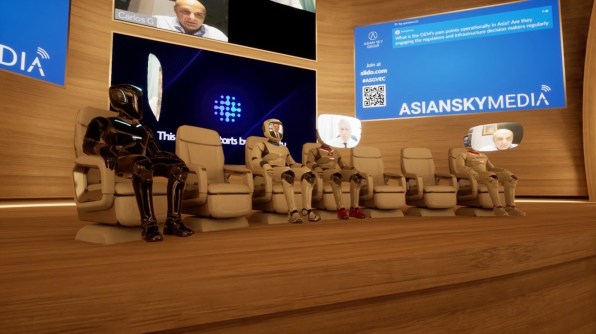
[Rendering: Mytaverse]
Liberland’s metaverse was developed by the technology company Mytaverse, which launched in 2020 to tap the emerging market for business-to-business metaverses, where companies can virtually meet with clients or preview projects still in the design phase. Mytaverse has created digital spaces for companies like PepsiCo; an exhibition hall for a meta-conference with exhibitors including Amazon Web Services, Microsoft, and Google; and a virtual walk-through of new planes being designed by the French aerospace company Dassault Aviation. A growing metaverse submarket: architectural design.
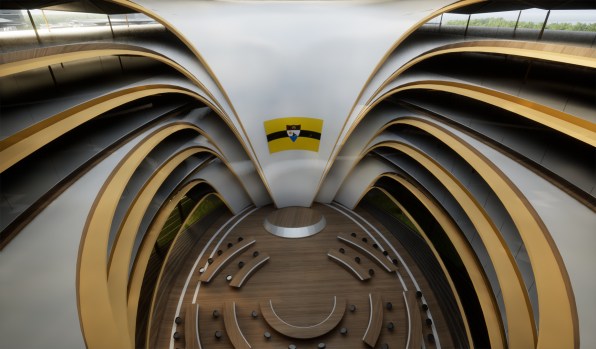
[Rendering: Mytaverse]
“It gives the architects and their clients a way to navigate these spaces before they even go to build them,” says Mytaverse CEO Kenneth Landau. “We’re getting a lot of inquiries.”
Schumacher says projects like Liberland’s metaverse will be just the beginning for architecture firms like ZHA, which already develop detailed 3D models of their designs. Translating simplified versions of actual building models to the metaverse is not a huge leap. “The adoption curve is rising fast,” he says. “This will soon enough translate into revenue streams for all who contribute to the creation of this value. Architects will be in high demand when this avalanche of investment and then adoption builds up speed.”

[Rendering: Mytaverse]
For now, Liberland’s metaverse is just an online playpen, prone to the video game dorkiness and glitches of an online second world. The default avatar in Liberland’s metaverse is a white-suited robot; the tutorial for its operation includes a weirdly detailed section on how to make the avatar dance. Jedlička himself got briefly booted out of the metaverse during our tour. If building a micronation is complicated, building a metaverse for a micronation is not without its own challenges.
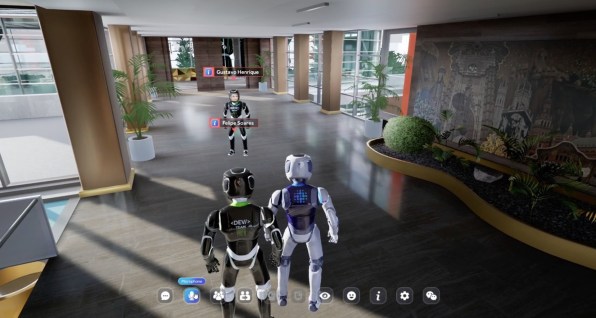
[Rendering: Mytaverse]
Jedlička is not deterred. He argues that having this virtual representation of Liberland will be critical in helping it overcome its next big feat: convincing the governments of Serbia and Croatia that the contested land along their borders should become the world’s third-smallest country after Vatican City and Monaco. It can show these governments how the micronation could take shape and who its first partners, tenants, and perhaps citizens might be and “present to them how we are going to be a good neighbor,” Jedlička says. “I think that might ease their hearts a little bit during the discussions.”















